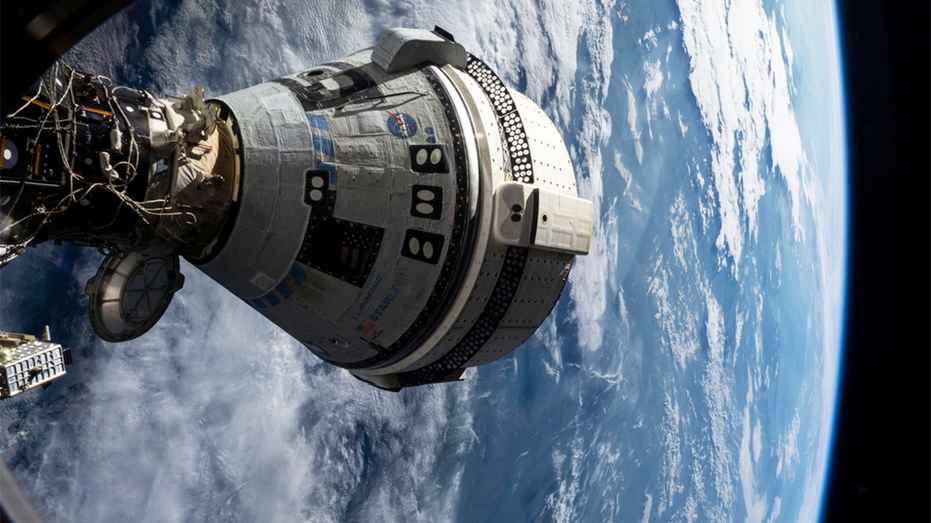On Monday, Hurricane Milton reached wind speeds of around 180 mph during its trek toward Florida, officially upgrading to Category 5 status.
Milton is forecast to slam into the Tampa Bay area as it makes landfall in Florida this week, eventually pushing through to the Atlantic through Central Florida.
“This could be worse than (Hurricane) Charley. It may not be worse than Charley for everybody, but it could be worse than Charley,” News 6 meteorologist Jonathan Kegges said on Monday evening. “It’s coming in further north, and it’s gonna be a bigger storm than Charley.”
[RELATED: Track Milton: Cone, models, more | TIMING: What to expect in Central Fla. | Sandbag locations | School, university closures | Tropical terms to know | Watches vs. warnings | Download the FREE News 6 hurricane app]
Milton’s wind speed increased by over 90 mph within just 24 hours, a pace that trails just behind hurricanes like Wilma in 2005 (one of the most intense hurricanes on record in the Atlantic Basin) and Felix in 2007.
But a major reason behind Milton’s extremely fast intensification is its incredibly tiny “pinhole eye.”
Smaller eyes are typically seen in hurricanes that are much more intense, as they have less room for wind to lose kinetic energy — meaning that the storm winds continue to speed up and make the hurricane even stronger.
The record for smallest eye goes to Wilma’s, which spanned less than 2.5 miles wide. In Milton’s case, its eye reached a mere 3 miles long on Monday, and its air pressure dropped to 897 millibars, making Milton the fifth-most-intense storm on record in the Atlantic basin.
“It’s just like the figure skater. When the skater is spinning and they bring their arms close to their body, they spin faster. When the skater then holds their arms out, they spin much slower.
The same is true for hurricanes. The smaller the eye, the faster the winds can get given ideal atmospheric conditions of low wind shear and warm water temperatures.”
News 6 meteorologist Jonathan Kegges
However, Milton is set to “weaken” before it reaches Florida’s coast.
According to Kegges, hurricanes go through “eyewall replacement cycles,” which act similarly to a hermit crab shedding its old shell for a brand new one.
“The small eye will break down to make way for a new, larger eye to take over,” he explained. “As this happens, the storm itself temporarily weakens, but with the bigger eye, the hurricane’s wind field will grow!”
Regardless, Milton is still forecast to strike the Orlando area by Wednesday, potentially wreaking havoc as a Category 2 storm for the first time in the city’s history.
As Hurricane Milton continues to rage in the Gulf of Mexico on a projected path to Florida — with Orlando in the center of the forecast track — WKMG-TV will provide extended coverage to help keep the Central Florida community informed and safe.
To stay up-to-date with the latest on Milton, click here.
More Stories Like This In Our Email Newsletter











Post comments (0)